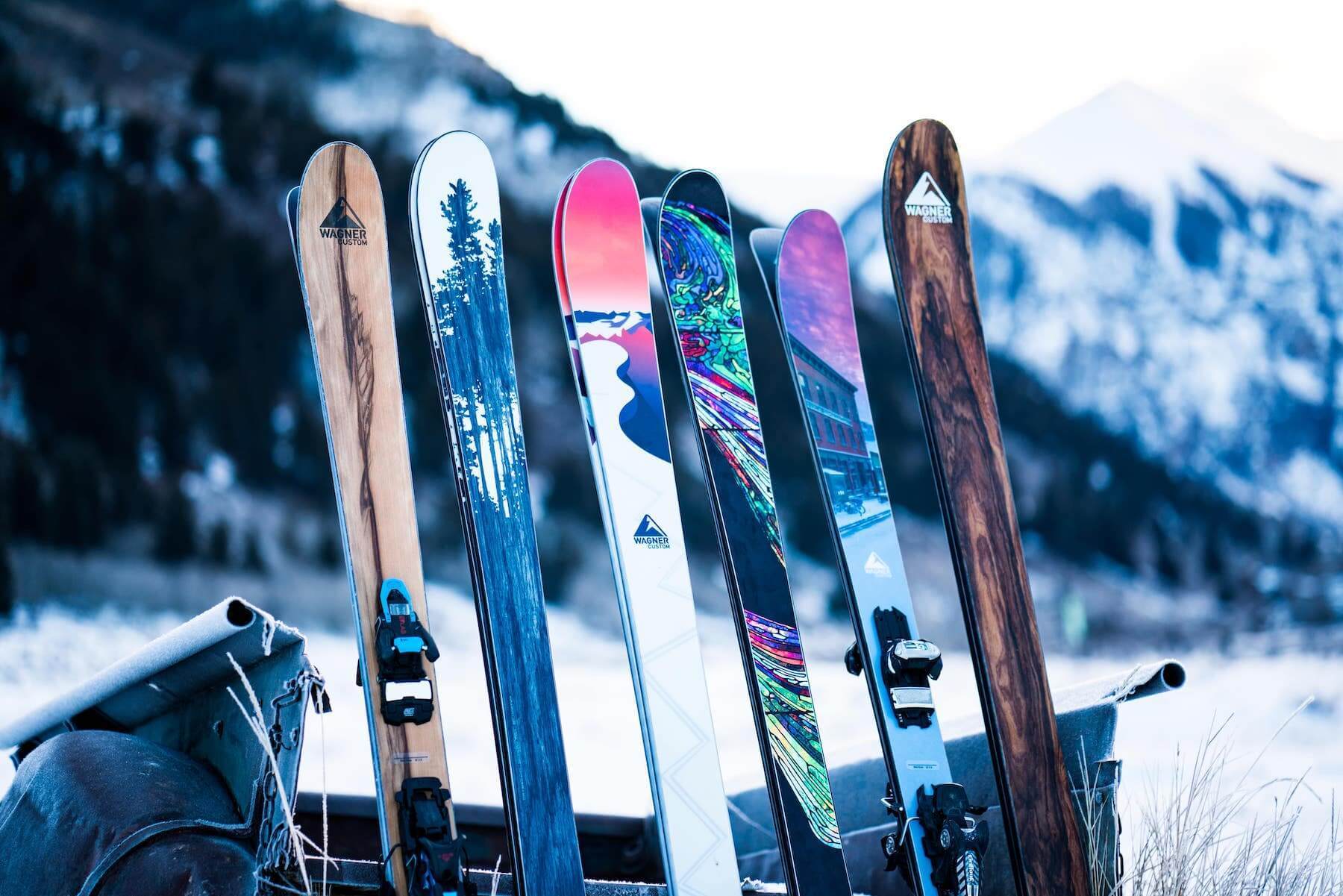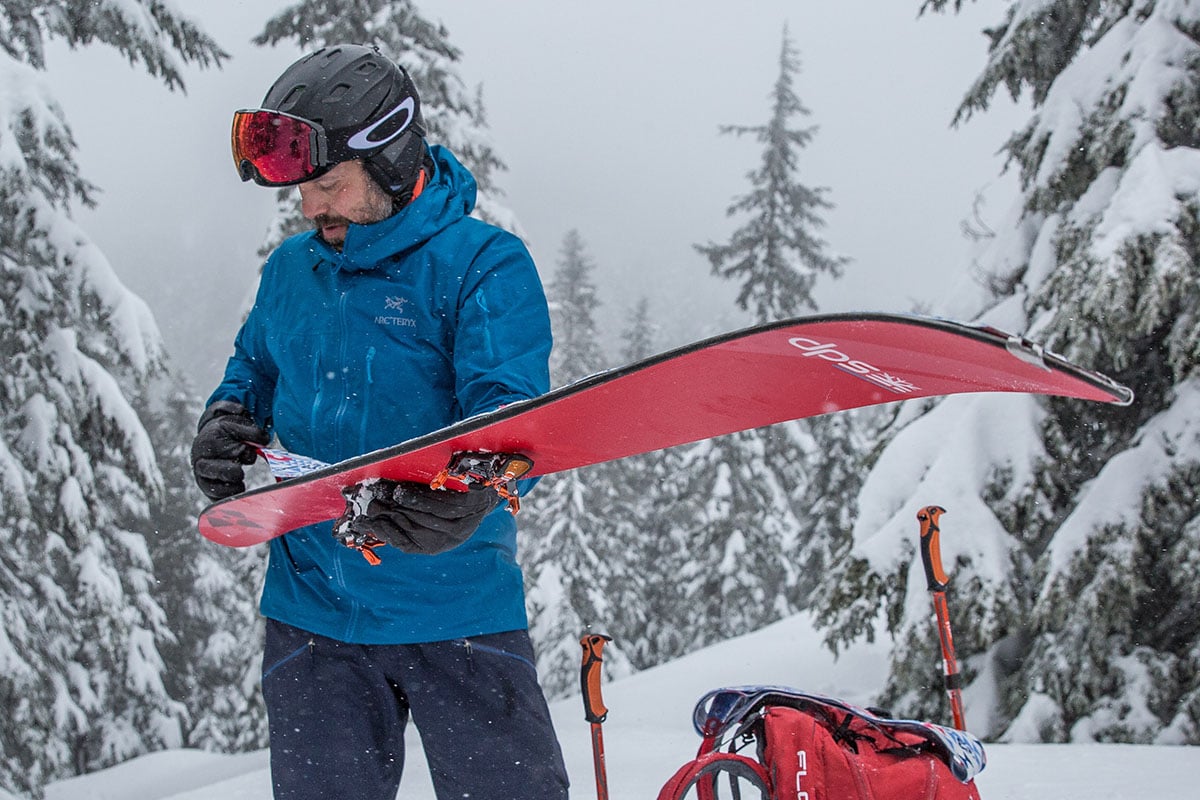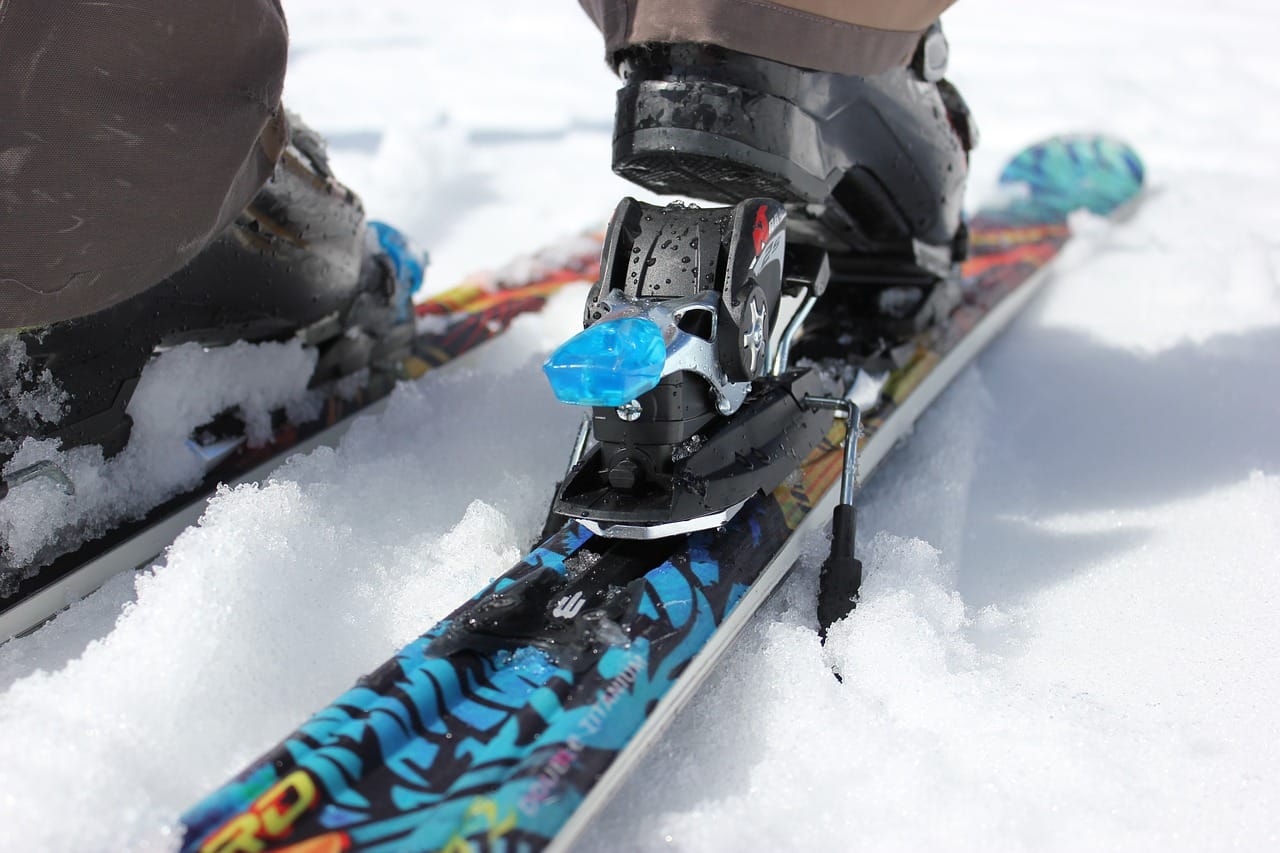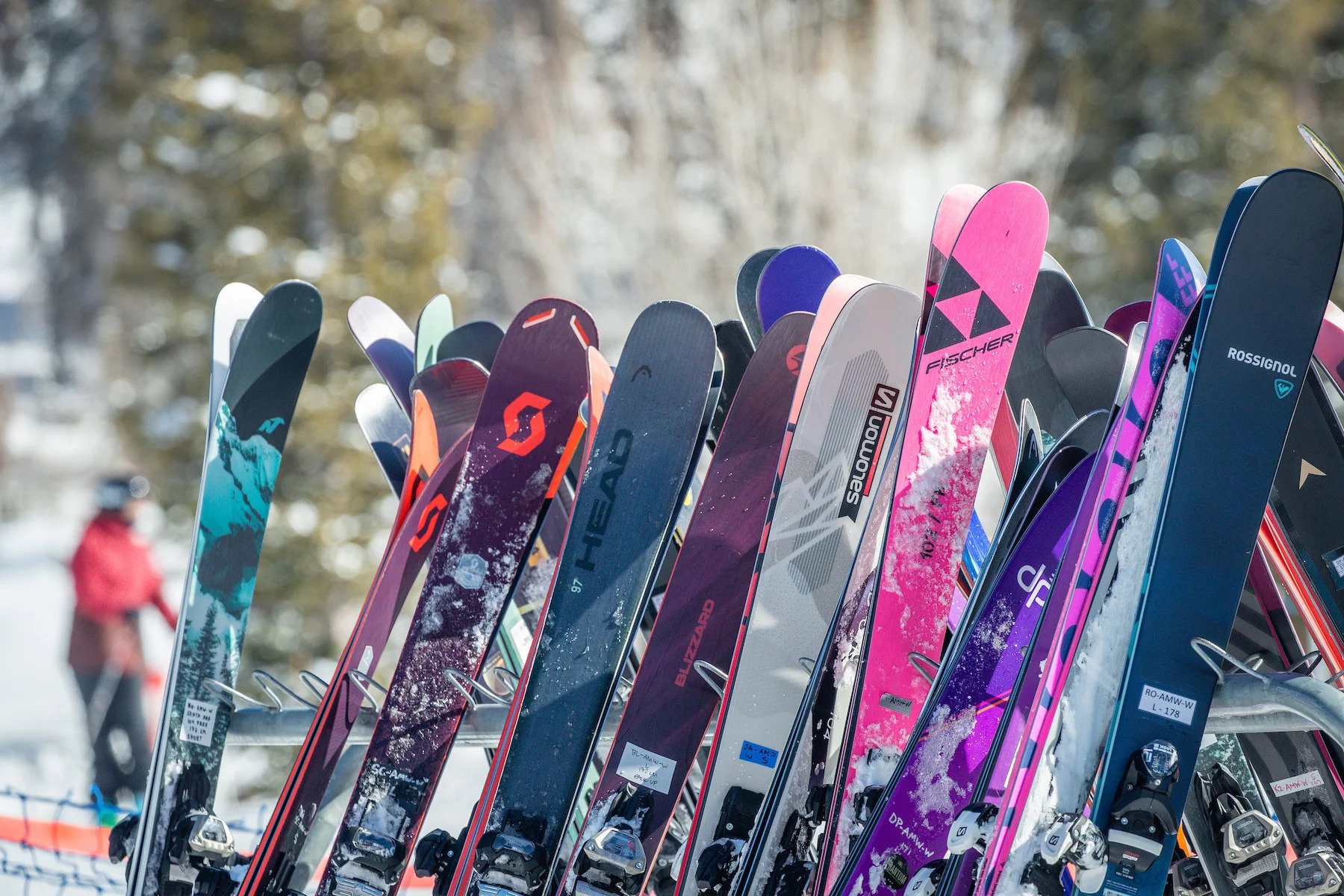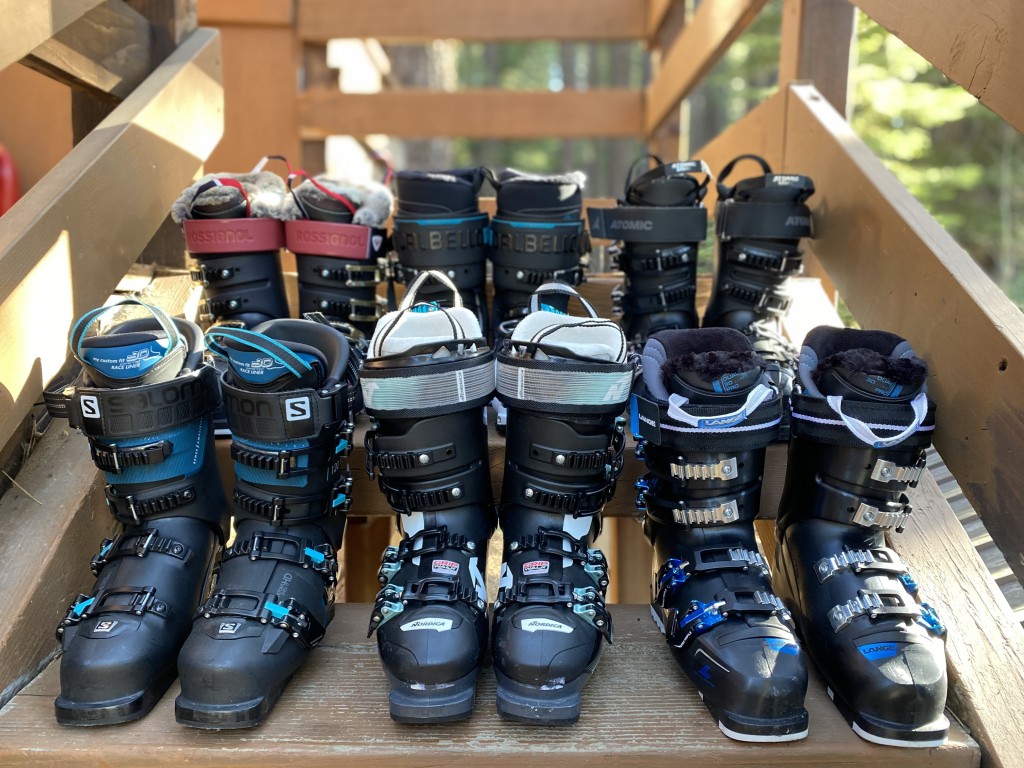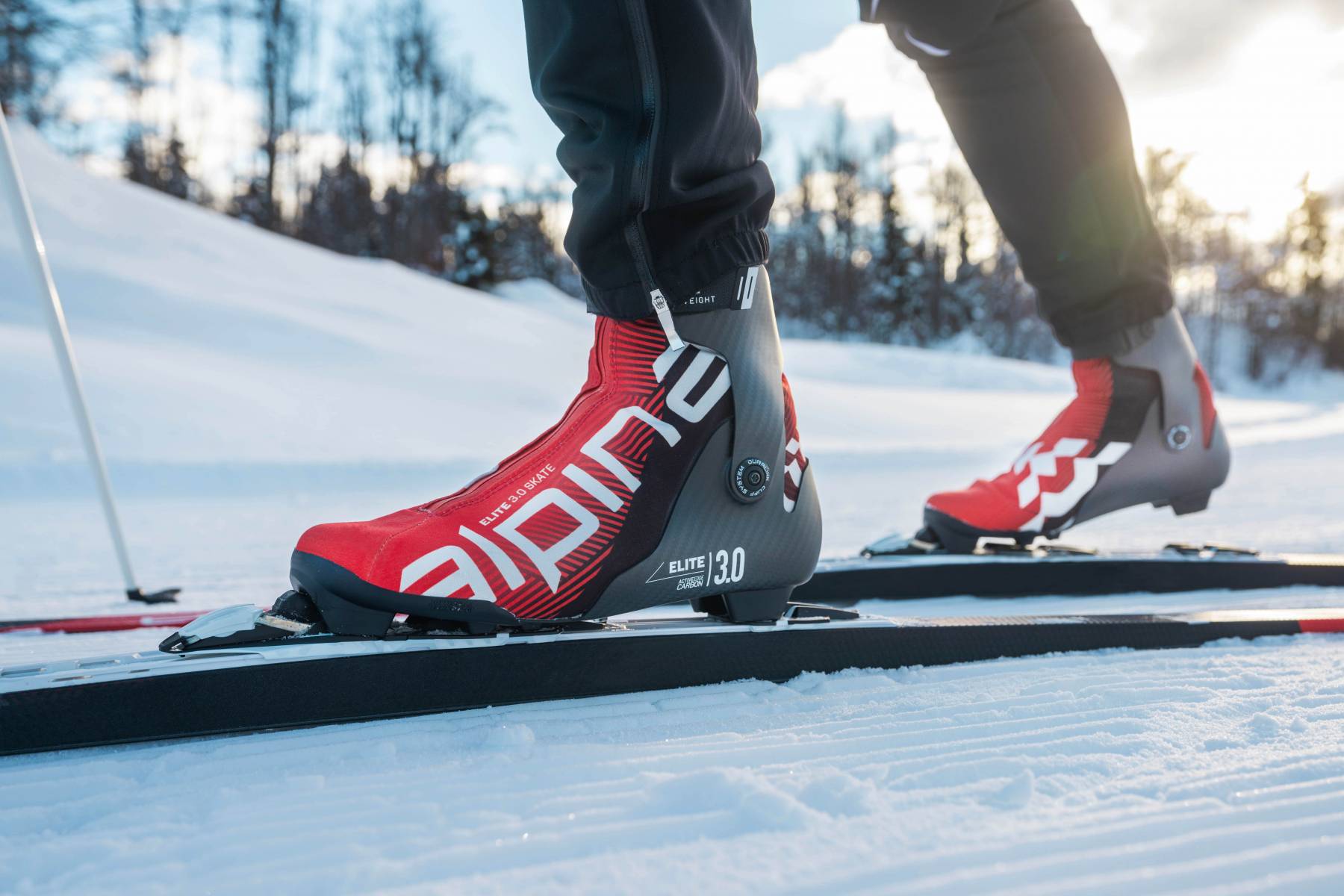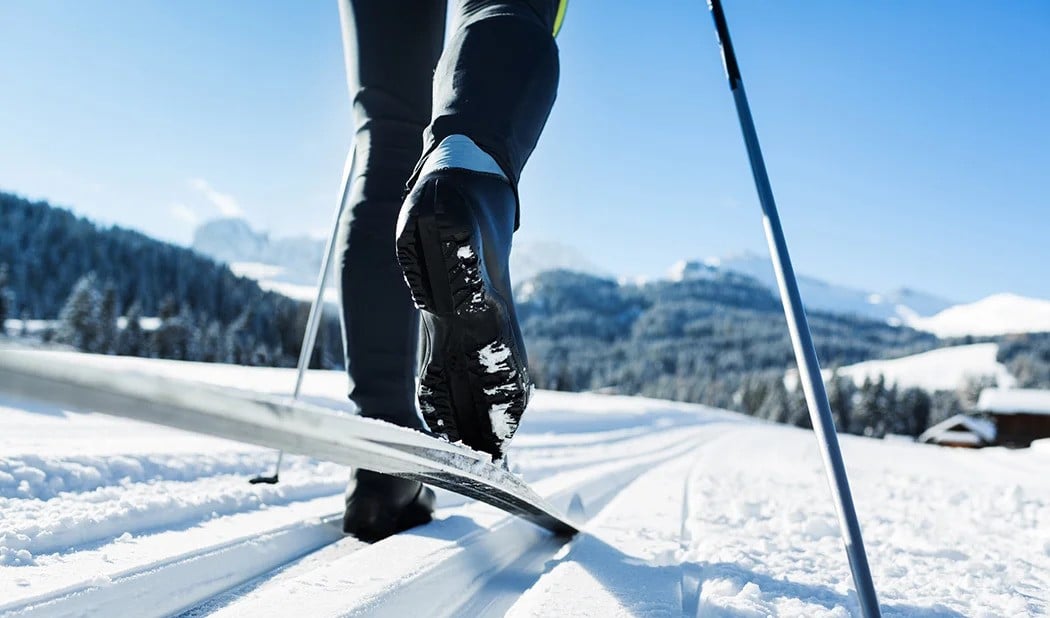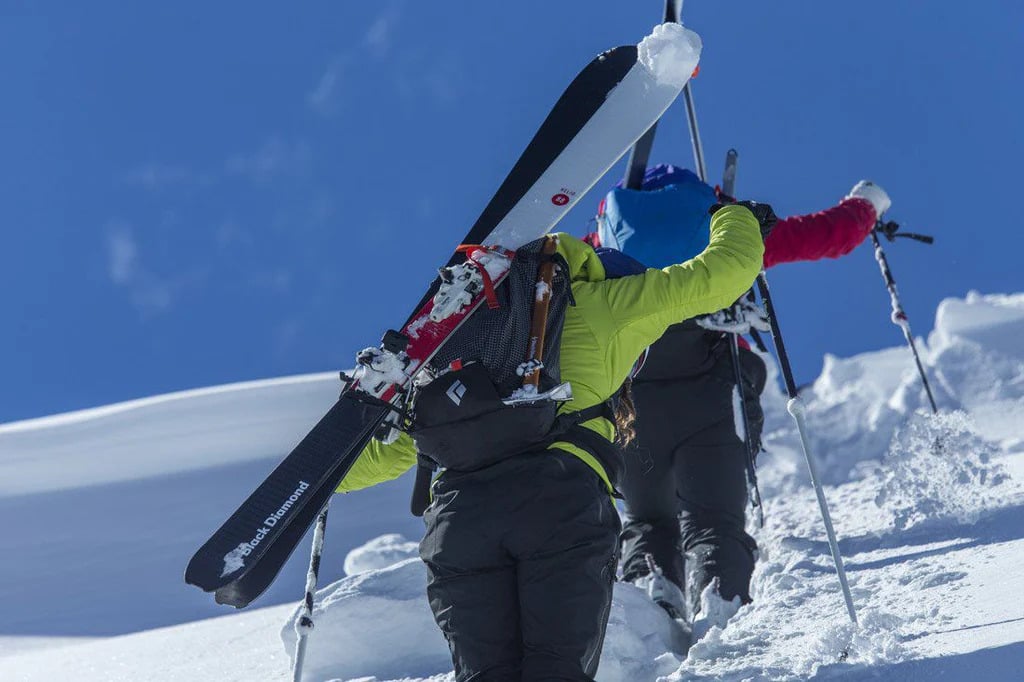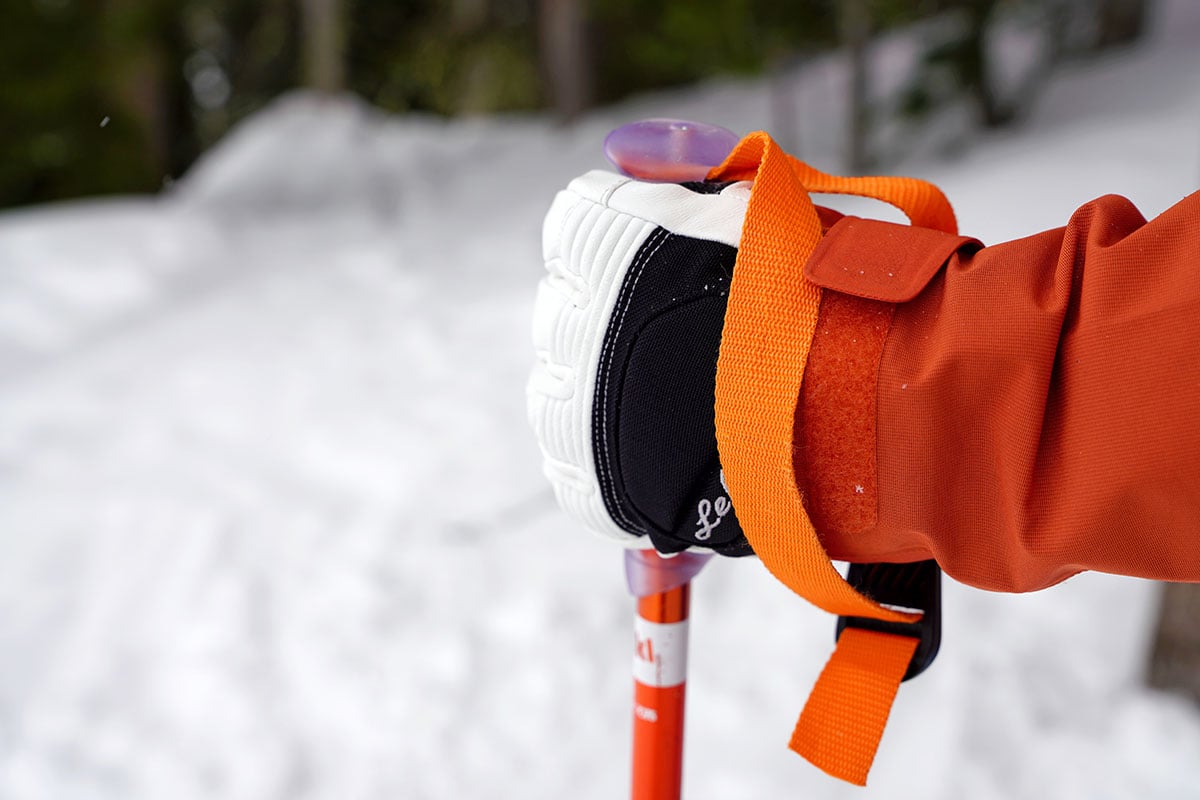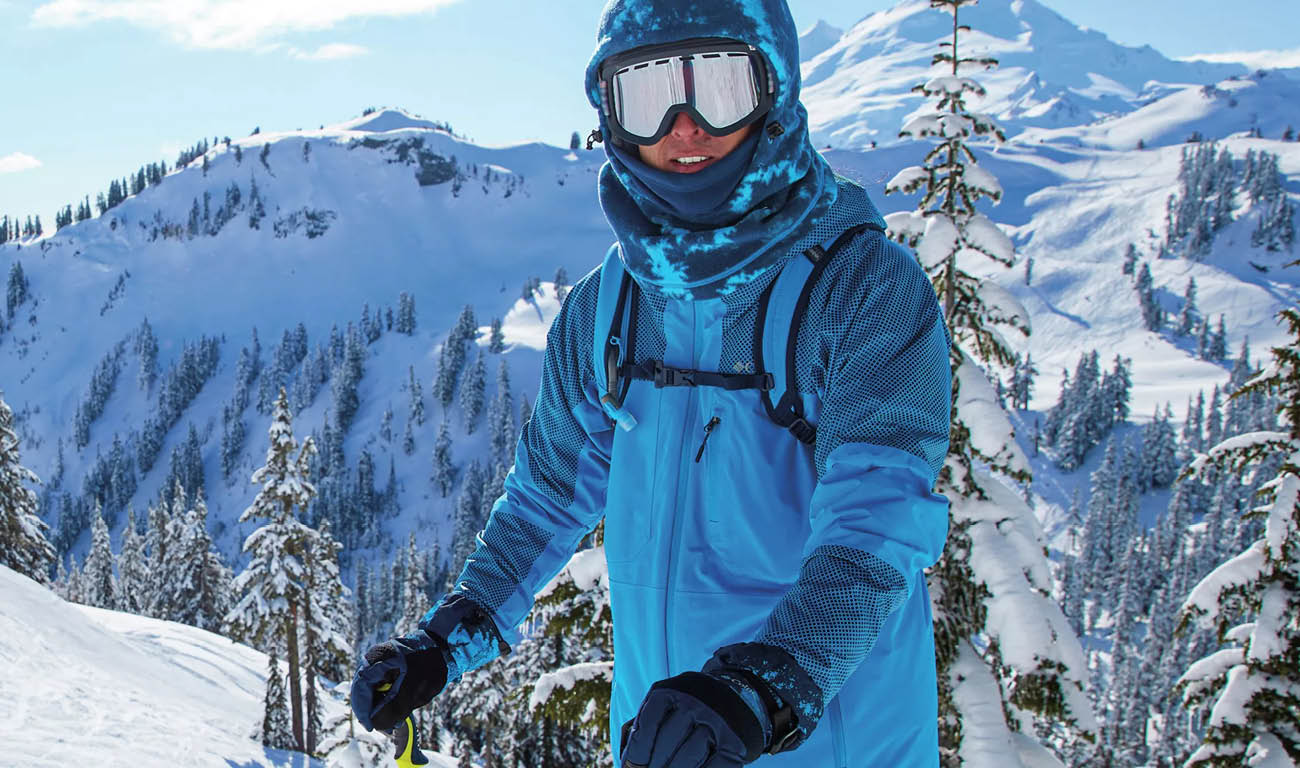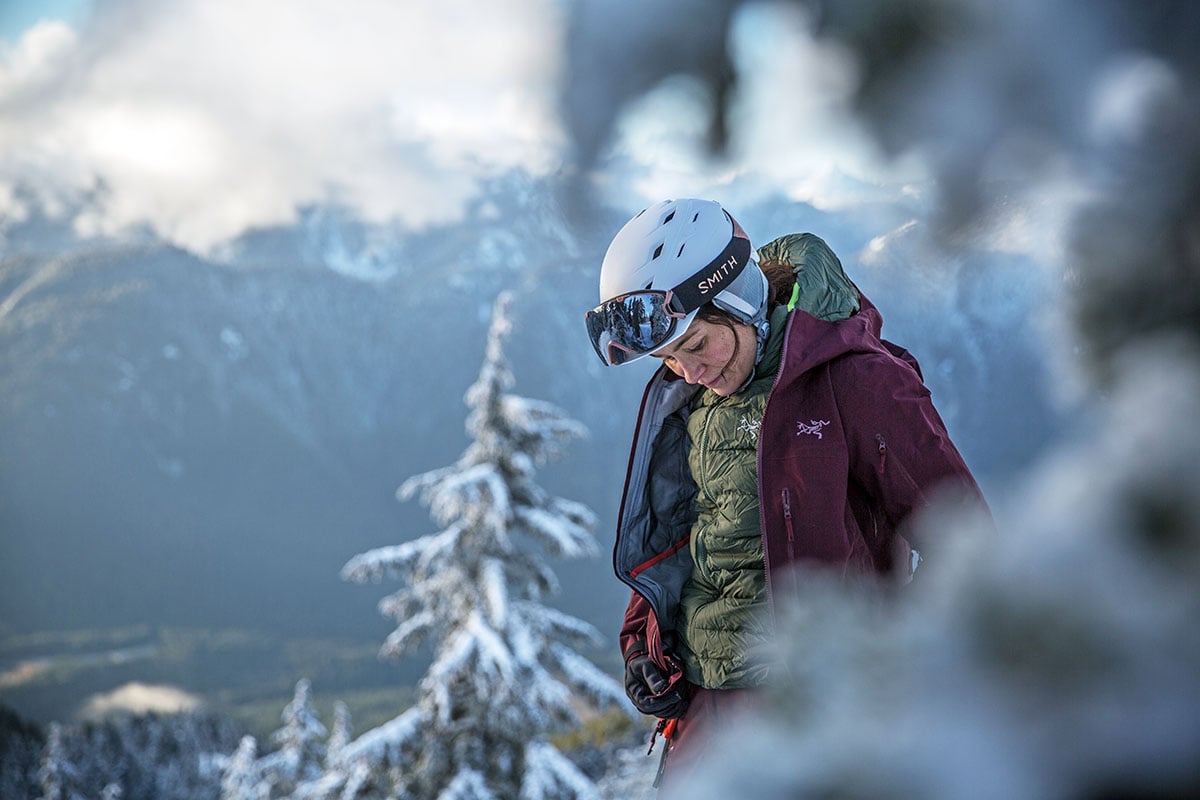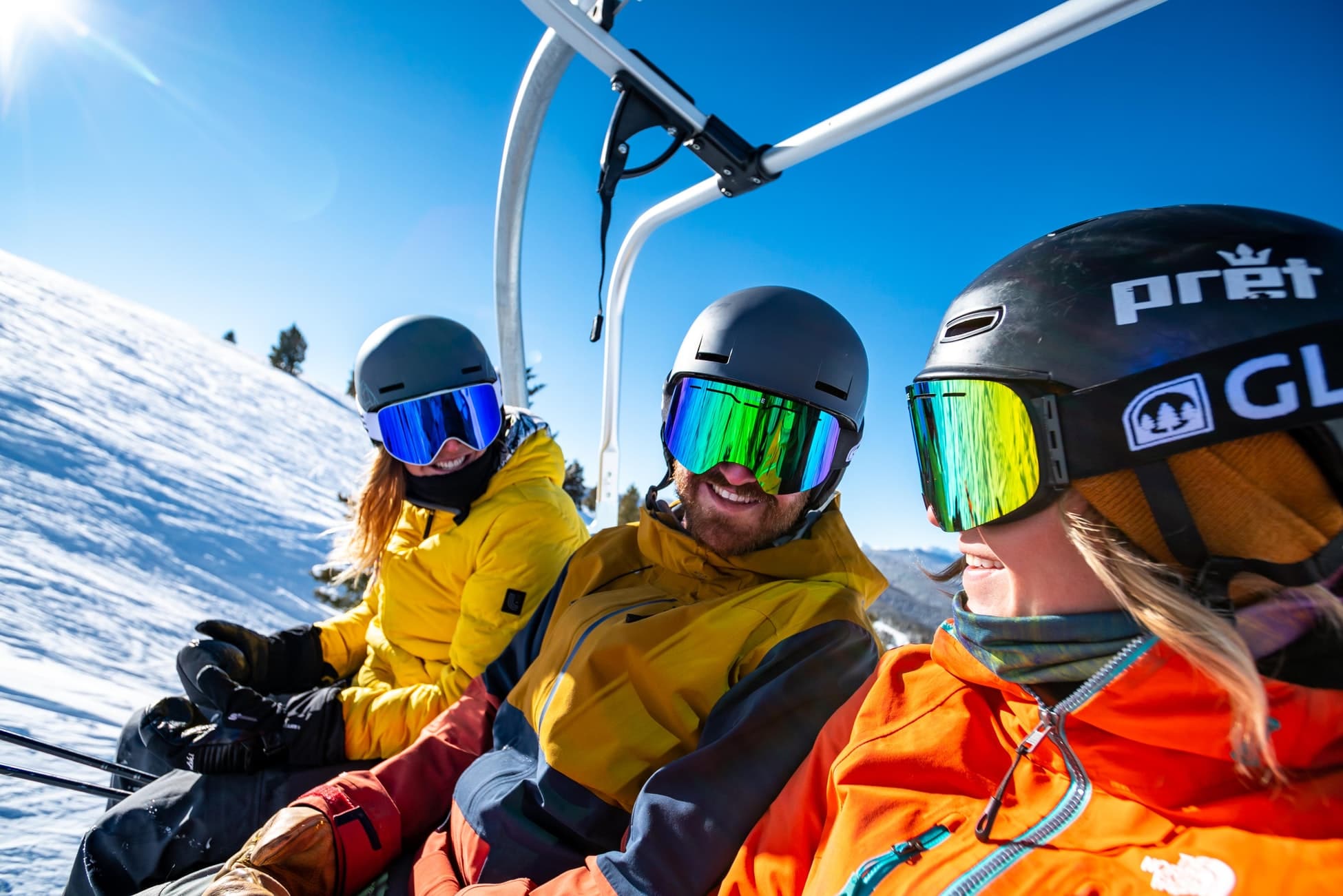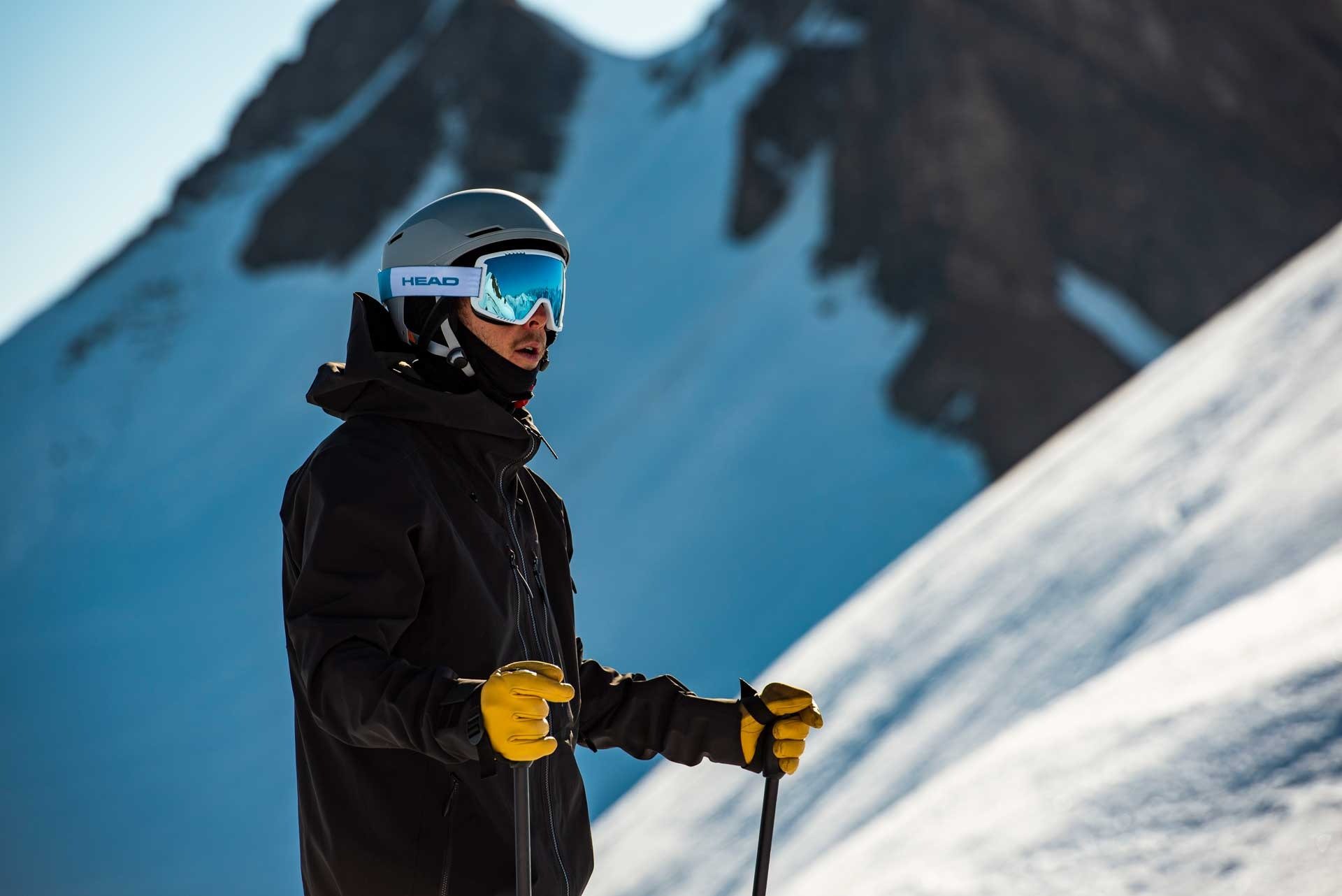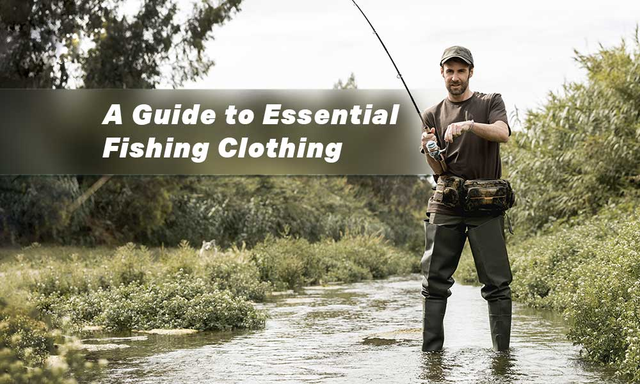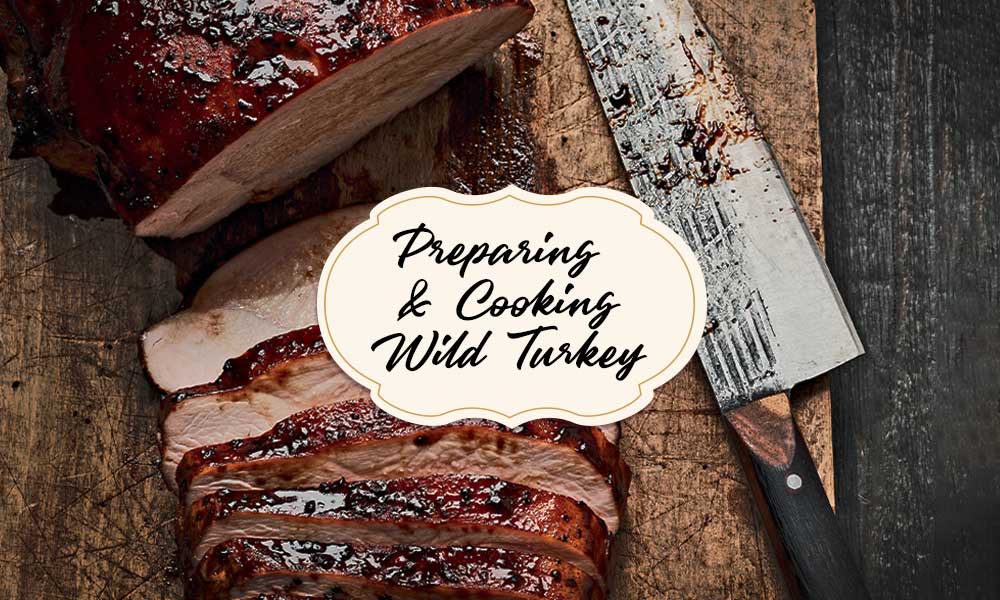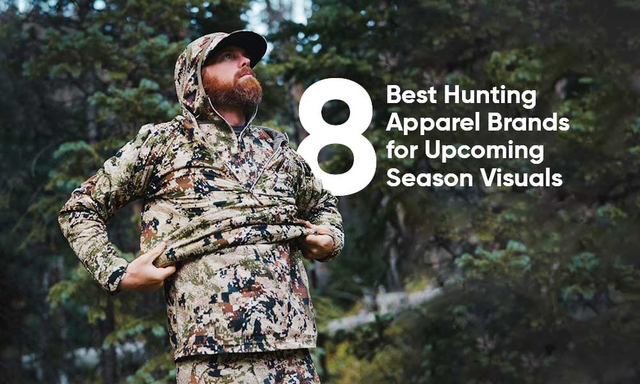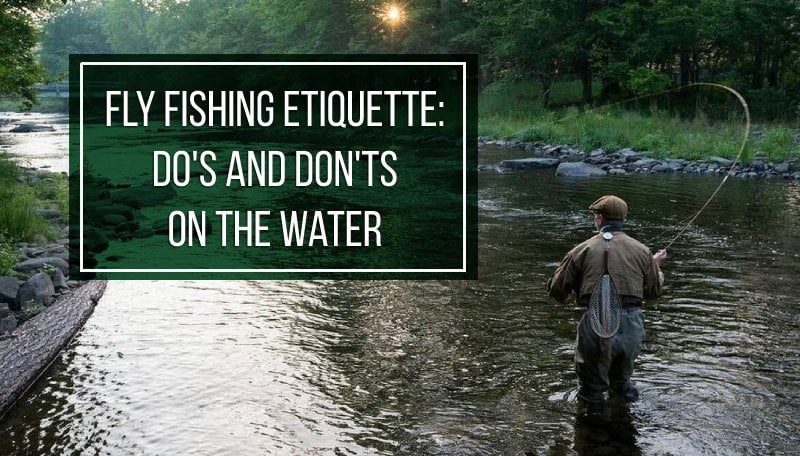Last Updated on
Skiing is an exciting activity that warms the cold days for millions of people worldwide. It captivates the attention of even more people, but only skiers know how much it takes to prepare for a ride. The amount of skiing gear needed is incomparable to that of more budget-friendly sports like swimming and running. And even if you can afford this embarrassment of skiing gear, figuring out what exactly you need might startle any beginner. If you are passionate about skiing and determined to try it out but are unsure what you need, this article is for you. Here, we touch on every piece of skiing gear (with some depth) to determine its purpose and existing varieties. We’re giving you a fair warning – this is a long read, so feel free to jump to the categories in which you are most interested.
Table of Contents
Skis and Ski Bindings
Types of Skis
Types of Ski Bindings
Recommendations
Ski Boots and Ski Poles
Types of Ski Boots
How to Choose the Right Ski Boots
Types of Ski Poles
Ski Poles Choosing Recommendations
Ski Clothing and Accessories
Dressing Options for Skiing
Skiing Accessories Guide
Conclusion
Skis and Ski Bindings
Though every object mentioned in this guide plays its own part, skis enjoy the title role in our snowy show. They are the central element mandatory for the very act of skiing. Skis made a long way from their original versions to modern iterations and branched into several types along the way. Ski bindings are their inseparable companions, for skis without bindings are nothing more than beautifully made pieces of material. Some might say the skis’ duo with poles is more classic, but trust us, you won’t get far without ski bindings.
Types of Skis
For better or worse, the ski classification is well-developed but isn’t universally accepted. That means you can find two skis designed for the exact same purposes but assigned to different categories on different websites. This is a common theme for skiing gear in general. Park and pipe skis and freestyle skis, for example, are the same, but unless you read a skiing gear guide or ask the consultant, you may never find this out. In this article, we use a popular but not exhaustive ski classification.
All Mountain Skis
The most universal type out there, all-mountain skis have been winning popularity contests since their introduction. The reason for such a success is no secret – all-mountain skis are suitable for skiing all over the mountain. Versatility comes at the expense of specialization, which makes this type a jack of all trades, but master of none. Such skis are the most optimal choice for those who want to get as much as possible with a single purchase. They come in a variety of shapes and widths to cater to different needs and scenarios. Even though they are pretty versatile, there are still models that are more or less suitable for a particular type of mountain terrain. With that being said, any pair of all-mountain skis will serve you well.

Powder Skis
The powder is a skiing term for light, freshly fallen snow and is usually opposed to groomed slopes. As you can imagine, powder skis shine in that particular environment. Powder skiing opportunities are found in the backcountry, far from resorts and groomed paths. Skis in this category are wider than usual ones. Their construction allows for easier floating and maneuvering in the powder through raised tips and tails (rocker profile). Though many powder skis are now more versatile and can often do well even in harder snow, their primary focus remains the same.
Big Mountain Skis
If this name conjures an imposing sense of something big, don’t worry, you are not alone there. Big mountain skis are the gear of professional skiers who can handle steeps, drops, and technical skiing in general. Those are not the type you get after your first trip to the skiing gear store. Big mountain skis come in several variations, depending on whether they are designed for powder or mixed snow conditions. They are built for ultimate stability and speed and are less forgiving of mistakes. Big mountain skis are the very piece of equipment that gets unlocked after you proceed to higher mastery levels.
Carving Skis
Carving skis are not meant for paving shapes in the snow. Instead, they focus exclusively on turns. These skis are narrower than the others and have a shorter turn radius that allows the skis to be more responsive to turn initiations. Carving skis are perfect for mastering turning techniques on groomed runs and hard packs.
Park and Pipe/ Freestyle Skis
Freestyle skiing is about performing stunning tricks rather than riding down a slope. Park and pipe skis are designed specifically for enthusiasts who spend most of their time in terrain parks. The skis tend to be the same size as all mountain skis but have one distinctive element. They feature a twin-tip design, meaning they are symmetrical and allow for backward riding. Freestyle skis are also loaded with many other park-oriented features that make trick-performing possible.
Alpine Touring Skis
The name of this ski category is pretty eloquent. Alpine touring skis, also known as backcountry skis, are designed for riding in both directions: uphill and downhill. This type prioritizes lightness above everything else since skiers need to traverse considerable distances. As in the case with powder skis, these are used primarily in the backcountry with no groomed tracks. These skis make ascending a much easier task. Despite that fact, backcountry skis are hardly the most optimal choice for beginners. Backcountry skiing beyond resort tracks calls for significant training and an extensive knowledge base, which amateur skiers lack.
Types of Bindings
Ski bindings can’t boast the same variety of types as skis, but that leaves less room for confusion. There are three major types to choose from, but if you think you are spared one challenging choice, we rush to say it’s not true. When it comes to ski bindings, exact measurement is of utmost importance. A lacking or excessive inch can cause major inconveniences. But even bigger problems occur when your skis and bindings are meant for different things.
Alpine Bindings
Alpine skiing is about riding downhill, and alpine ski bindings are designed to facilitate the process. To do that, they firmly secure the entirety of your foot without giving it a chance to escape (in non-emergency situations). Alpine bindings aren’t suitable for backcountry hikes since they always keep your heel secured. If you are planning on skiing downhill, these are the bindings you need.
Touring Bindings
To everyone interested in exploring untouched powder areas touring ski bindings will be great companions. They are basically two-for-one bindings that can operate in two modes: alpine and touring. If you need to slide down, lock the plates and have your heels secured. When you explore the backcountry or go uphill, release the plate to have your heels freed. Such a configuration allows for a way more comfortable touring with skis on.
Telemark Bindings
Telemark bindings are a niche choice, mostly because telemark skiing is nowhere near as popular as other styles. We put all bindings in descending order, so it shouldn’t be too surprising that telemark bindings don’t lock down your heels whatsoever. That doesn’t mean your heels will be dangling. There is a cable that wraps around your heel, providing tension and control when you make a turn. Newer versions feature springs instead of cables. But both are better left to experienced skiers.
Recommendations
The principles of choosing skis are as follows. First, you determine the style you are interested in and the terrain you want to explore. If you are a beginner, that will almost always be all-mountain skis since they are the most versatile ones. However, you can choose from all the types mentioned above. Just keep in mind your expertise level.
There is a correlation between the length of skis and the level of mastery, so you can treat skis as badges of honor. Beginners are advised to opt for shorter and narrower skis because they allow for easier and quicker turns and are not as fast as longer skis. The enjoyers of fast and aggressive skiing, off-trail rides, and twin-tip skis often go for longer variations. However, the length is not an isolated figure. It is always relative; to be more precise, relative to your height. Short skis reach your chin, while long skis go as high as the top of your head. So instead of memorizing numbers, rely on your height.
Ski bindings follow slightly different rules. You need to match the skiing style with the type of bindings. But once you complete this stage, more elaborate measurements come into play. Two main factors need to be accounted for: the ski waist width and your DIN settings.
The width of your skis determines the width of the brakes. Brakes are the elements protruding from the sides of the heel piece. Their function is to stop the skis after they come off to prevent potential accidents for other skiers and quicken the retrieval process. The ski brake width is the distance between the brakes, and it should never be shorter than the ski waist width. The upper limit is 15mm (about 0.19 in) wider than the waist width. Too narrow – and the brakes won’t deploy properly when skis are released. Too wide – and the brakes will drag when you get your skis on edge.
DIN is another safety-crucial factor. It stands for Deutsches Institut für Normung, in case you are interested, – the facility that originally introduced this standard. It quantifies the force required for your boot to be released from the bindings. The lower the DIN, the less force needs to be applied. Since DIN is an adjustable and potentially life-saving or trauma-causing parameter, we strongly recommend leaving the adjustment process to shop technicians. There are DIN charts that account for the skier’s weight, height, and ability level, so you can adjust them yourself in theory. Yet, since your safety is at stake, we suggest trusting specialists with this task.
Ski Boots and Ski Poles
Ski boots receive undeservedly little attention in comparison to other pieces of skiing gear, but their importance shouldn’t be underestimated. Yes, you can’t ski without skis, but boots are responsible for communicating your intentions to those skis. In a certain sense, they play a more significant role since poorly chosen boots will affect your performance more than poorly chosen skis. Ski poles can’t boast the same mantle of significance, but their contribution shouldn’t be underestimated either. They help with maintaining balance and rhythm and increase your mobility when gravity fails to.
Types of Ski Boots
Not every ski type has its corresponding boot variety. Four types are recognized more or less universally, but terms might differ from one vendor to another. As a rule, they correspond to a certain type of ski they are designed for.
Alpine Boots
Just like alpine bindings, these ski boots are meant for downhill alpine skiing. Their distinctive feature is stiffness that keeps your ankle and foot in place, giving you more control over the descending process. Stiffness is a variable characteristic of boots, but in alpine boots, this feature is manifested more vividly.
Touring Boots
Touring boots have two working modes for uphill and downhill riding. The downhill mode operates the same way as in alpine boots. The uphill mode gives the skier more freedom of movement, making uphill hikes easier.
Cross-country Boots
Cross-country boots look very different from conventional skiing boots. Traditional skiing boots are rather massive, stiff, and sturdy and can be easily recognized from afar. Backcountry boots, on the other hand, look quite simple, if not plain. They are made from softer materials like leather and synthetic fabric and are reminiscent of regular hiking boots. However, that doesn’t mean they lack durability. Cross-country boots provide much-needed security and stability the same way other boots do with the only differences being the materials and looks.
Telemark Boots
Following the trend, telemark boots go to the telemark bundle. They used to look like a bulkier variation of cross-country boots, but this is no longer the case. Telemark boots share functionality with touring boots and look very much like them, with a few differences that we won’t cover in this article.
How to Choose the Right Ski Boots
The first rule of choosing ski boots is finding matching titles: alpine to alpine, touring to touring. That’s the easiest part of all skiing gear choosing. Things get more complicated from this point. The challenge begins with determining the suitable size. Ski boots use a different measuring system than regular footwear, so the chances of you finding your regular size are non-existent. The Mondopoint system, used for sizing ski boots, relies on the length of your foot in centimeters. You need to measure your foot from the back of your heel to the end of your longest toe. In case you want to do this at home and don’t have a metric ruler, you can measure it in inches and multiply the figure by 2.54. The number you get is the size of your ski boot. Note that ski boots don’t have separate half sizes: sizes 25 and 25.5 will be the exact same boot.
The fit of your ski boot is another crucial point that can cause confusion. In contrast to regular footwear, you should look for a snug fit, snug to the point when it may seem like you could use a bigger size. The thing is that skiing is very demanding in terms of boot fit: a loose and relaxed fit will bring you a lot of trouble because it translates into less precise ski control. By saying snug, we don’t mean impeded circulation and painful pressure. The interior of ski boots inevitably expands after a few days of active use, so the goal here is to find a fit that will still be suitable by the end of the season. If you experience slight or temperate pressure on your longest toe when standing, then this boot will be the right size after a couple of skiing days.
Types of Ski Poles
For better or worse, ski poles don’t have such an elaborate classification system. They are majorly classified according to their physical characteristics rather than purpose. Length, material, adjustability, the form and material of the grip, and basket types are the features that distinguish one ski pole from another.
Shaft Material
Shaft material makes for the best feature for a classification base. There are four primary materials used for making ski poles.
Aluminum ski poles are known for their durability and affordability. They can carry you through many a season, given you are not opposed to lifting a bit of weight every time you push off.
Poles made of carbon fiber can boast durability no less than aluminum poles, but their main advantages are lightweight design and high strength-to-weight ratio. They are perfect for backcountry hikes and simply anyone who doesn’t want to carry extra weight.
A combination of materials makes composite ski poles an overly well-balanced option. They inherit the benefits of the compound materials and thus are durable yet flexible and shock-resistant.
Bamboo ski poles are the most eco-friendly option on the market. They have a record of snapping less often than other ski poles and are flexible and robust.
Ski Poles Choosing Recommendations
The most important thing about choosing ski poles is getting the right length, grip, and basket size. In our opinion, they are the easiest and quickest things to choose since the choosing rules are pretty simple.
To determine the optimal length, you need to flip a ski pole and grab it right below the basket. If the ski pole is of suitable size, your arm will bend at about a 90-degree angle.
When looking at grips, look at your hands next. Those of us with smaller hands will appreciate compact rubber grips. Big-handers will likely find plastic grips with molded grooves more comfortable. If you have an opportunity, try ski poles while wearing gloves since this is how you will use them.
Basket choice is no rocket science either. Standard ski poles feature 2-inch baskets that are optimal for the majority of terrains. If you are set to explore deep powder, opt for bigger baskets of about 4 inches.
Adjustability is the question of preference. It doesn’t affect the performance, but its extended functionality might be handy to backcountry skiers and alpine touring enthusiasts. The full-length mode makes traversing and ascending easier by giving you more pushing leverage. The collapsed mode is useful for descents as it ensures your poles will be a help, not a hindrance.
Ski Clothing and Accessories
Skiing gear is not only about equipment. There is also clothing, the very thing that keeps you warm and comfortable while the whole skiing magnificence unfolds. A skiing outfit is not a set of regular warm winter clothes. It’s a set of dedicated apparel designed for sporting in cold weather conditions. Ski clothing simultaneously performs several functions that vary depending on the layer. Accessories have a similar purpose. Some of them are indispensable for a comfortable skiing experience, while others are just nice complements to the whole assembly. Dressing and accessory picking should be carried out with the same level of attention as other pieces of skiing gear.
Dressing Options for Skiing
Layering lies in the core of dressing for winter sports. Fur coats and puffy insulated jackets are known for their warming qualities, but getting cold is far from the only thing winter sports pursuers should worry about. The layering system addresses all the issues skiers come across, be it sweating, freezing, or getting wet from the snow. There are three layers that need to be picked.
Base Layer
The base layer is responsible for keeping you dry. Being a crucial component of the thermal regulation process, it wicks moisture away from your body and lets it evaporate. Breathable full-length garments made from either synthetic fabric like polyester and nylon or natural materials like merino wool should do the trick. Avoid cotton at all costs – it retains moisture instead of wicking it away. This goes for upper-body long-sleeve shirts and lower-body leggings. Base layer clothing usually comes in three weight or thickness categories, each warmer than the previous one. For skiing, a light option is often enough.
Midlayer
The role of midlayers is to keep you warm by not letting the heat you emit vanish into thin air. Not only does the warmth trapped protect you from freezing but also evaporates moisture from your base layers. Jackets are the primary candidates for the upper body midlayer option. There are several types of insulation you can choose from, each blessed and burdened with pros and cons of its own.
Polyester fleece insulation is breathable and will remain functioning even if it gets damped, but breathability takes its toll on the warmth.
Down-insulated jackets are much warmer than polyester ones. However, things change when jackets get damp, which is a likely scenario in skiing. In their protection, such jackets often come in shell exteriors that offer additional water and wind resistance.
Synthetic insulation takes the best qualities of down insulation, leaving its drawbacks behind. Such jackets tend to be bulkier, though.
Outer Layer
The exterior of your skiing outfit is your first line of defense against the elements. Also known as the shell, this layer encompasses everything from light wind-resistant jackets to all-in mountaineering jackets. Every jacket in this category offers varying levels of wind- and water protection. Waterproof options are hands down the best choice. They are more durable and protective but also pricier. Water-resistant jackets, on the other hand, are more affordable but are not preferable for skiing, especially if you are only getting the knack for things.
Softshell pants make for great lower-body outerwear. Opt for a fabric that offers good abrasion resistance and is treated with DWR (Durable Water Repellent).
Skiing Accessories Guide
Accessories are often perceived as inferior pieces of skiing gear, but they often end up being lifesavers, especially helmets. Other skiing accessories include gloves, without which no skiing is possible, and ski goggles that protect you from the blinding luster of snow. Each deserves its moment under the stage light, but we are short of time, so only a moment this will be.
Ski Helmets
Helmets protect your most vulnerable and important body part – the head. Skiing is fraught with regular falls, at least at the beginning of the path, and you need every part of your body as protected as possible. There are several construction types with ascending levels of protection and bulkiness, different venting types, and pad systems. The most important factor, though, is fit. Your ski helmet should fit snugly so that it doesn’t move on its own when you shake your head. However, snug doesn’t mean tight. Don’t squeeze your head into helmets that are meant for smaller head sizes.
Ski Goggles
If you don’t see where you are skiing, accidents are a question of time. Ski goggles make sure your vision remains clear and unimpeded. As usual, there are many varieties to choose from. Options include lens colors, shape, and qualities, not to mention countless technologies like UV protection and anti-fog coating – the choice is embarrassingly rich. We recommend getting a few pairs of ski goggles that account for visibility levels. It’s also a good idea to try goggles on while wearing a helmet since this is how you will wear them.
Ski Gloves
Ski gloves and mittens make sure your hands don’t fall off from freezing temperatures. Even if you don’t use ski poles, you will use your hands to maintain balance and maneuver, so keeping them in your pockets is not an option. Gloves offer better dexterity, while mittens bring increased warmth. Which one is better is up to you. In addition to being warm, mittens and gloves for skiing are also waterproof (or resistant). Materials usually include either synthetics or leather. Other features are a question of preference rather than functionality.
Conclusion
Congrats, you made it to the end of our skiing gear guide. For that, we would like to award you the highest honor we can bestow: our sincere gratitude. As you can see, it takes a small village to equip a skier. The choices that need to be made are so plentiful it might seem easier just to quit and stay home. But the payoff for completing this journey is extremely rewarding. This guide, even though boldly named “Complete”, won’t answer every question you may have. Each piece of skiing gear covered here requires an article of its own, equally big. Our purpose was to get you acquainted with the principles, basic and sometimes more advanced. We hope we’ve accomplished our mission.

